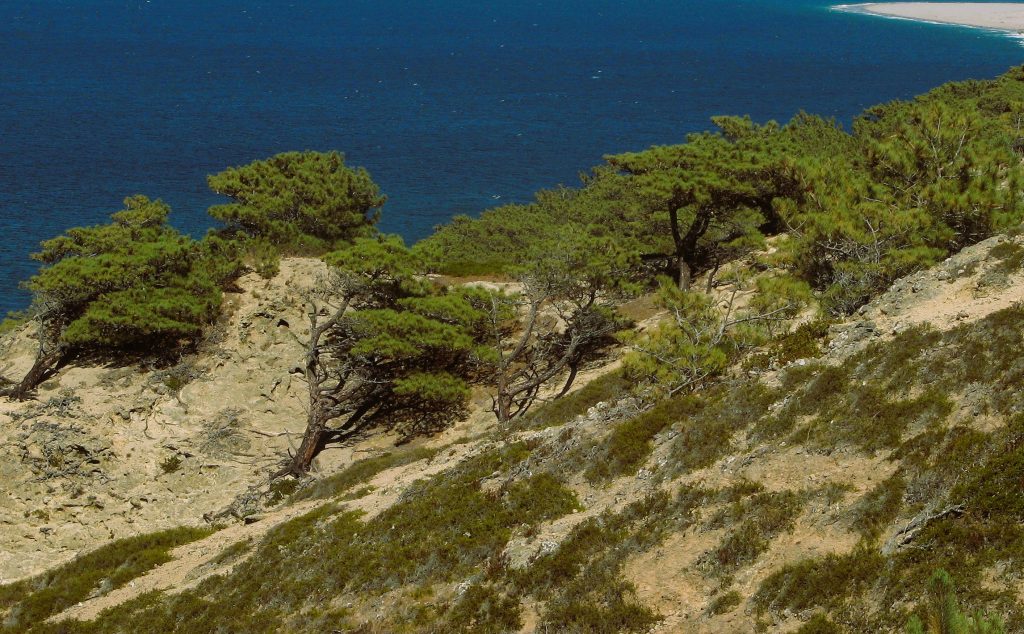Nurturing the Unique Elegance of the Torrey Pine: A Care Guide

Unraveling the Torrey Pine (Pinus torreyana)
Scientific Name: Pinus torreyana
Introduction
The Torrey Pine, also known as the "Del Mar pine" and "Soledad pine," stands as a testament to uniqueness with its broad, open crown reaching a height of 8 to 15 meters. Characterized by needle-like leaves in clusters of five and robust cones housing sizable, edible pine nuts, this pine variety exudes distinct charm.
Current Population Status
Named in honor of John Torrey, the Torrey Pine is the rarest pine in the United States. Its wild population is confined to approximately 3000 specimens along the California coast in San Diego. Additionally, a population of the variety (Pinus torreyana var. insularis) thrives as a singular arboreal mass on Santa Rosa Island, off the coast of Santa Barbara. Initially, this variety was extraordinarily scarce, with just 100 trees in the early 20th century. However, the population has grown to around 2000 trees today.
Habitat
Native Environment: The Torrey Pine thrives in its natural habitat, slowly growing in dry sandy soil. Its extensive root system allows a tiny seedling to send a primary root up to 60 cm in search of moisture and nutrients. In its native environment, battered by salt-laden coastal winds, the Torrey Pine often takes on beautifully twisted forms resembling bonsais, seldom exceeding 12 meters in height.
Associated Understory: Within its native habitat, the Torrey Pine coexists with the endemic species Baccharis vanessae.
Care Guidelines for Torrey Pine
Soil and Water:
- Preferred Soil: Flourishes in well-draining sandy soil.
- Watering Needs: Regular watering is essential, especially in dry conditions, to support growth.
Longevity: Embracing Slow Growth and Endurance
The Torrey Pine embraces slow growth, showcasing endurance in the face of challenging coastal conditions. Its longevity is a testament to its ability to thrive in arid coastal environments.
Common Pests and Diseases
Common Pests:
- Pine Aphids: Vigilance against aphid infestations is crucial, especially during the growing season.
- Spider Mites: Monitor for spider mite activity, which can affect the overall health of Torrey Pines.
Diseases:
- Needle Blight: Address needle blight promptly through pruning infected branches to maintain tree health.
- Root Rot: Preventative measures, such as well-draining soil, help combat root rot.
Frequently Asked Questions (FAQs)
1. How can I enhance the growth of my Torrey Pine? Ensure well-draining soil, provide regular watering, and monitor for potential pests and diseases.
2. Are Torrey Pines suitable for coastal landscapes? Yes, Torrey Pines are well-adapted to coastal environments, showcasing unique forms due to exposure to coastal winds.
Conclusion
Caring for the Torrey Pine involves navigating the delicate balance of slow growth and enduring beauty. This unique pine variety adds a distinctive charm to coastal landscapes, embodying the resilience of nature in challenging environments.

Leave a Reply
You must be logged in to post a comment.